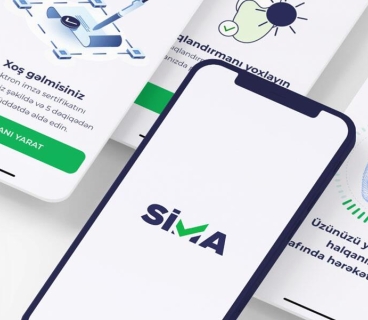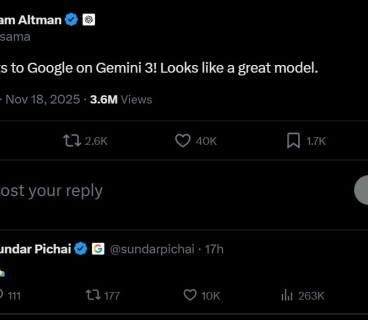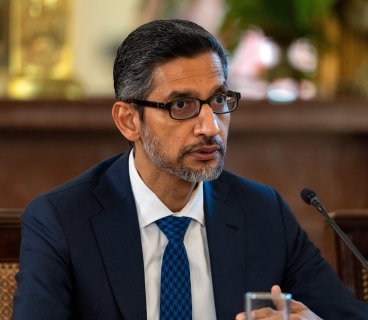At the Android Show event, Google unveiled a new design language for the Android system – Material 3 Expressive. This new visual approach will debut with Android 16, initially available on Pixel devices. The goal is to offer Android users a more personalized, intuitive, and aesthetically rich experience.
According to Mindy Brooks, Vice President of Product and UX for the Android Platform at Google, the “Material You” design language introduced in 2021 focused on highlighting user identity and personal style. “Material 3 Expressive” builds upon that idea by emphasizing emotional connection, color harmony, and subtle motion. Brooks states that the new design language adds a sense of emotion to product interfaces, making the experience feel more premium and engaging, and bringing moments of joy to users.
With this new design language, Android devices will feature smoother and more fluid animations. For example, when dismissing a notification, users will experience a transition animation and haptic feedback. Similarly, closing apps, adjusting volume, or navigating menus will include visual and tactile responses, creating a more natural user experience. Light background blurring will enhance the sense of depth and context during use.
Users will now be able to customize the appearance of their phones more personally. Thanks to dynamic color themes and new typography options, devices will adapt to the user's aesthetic preferences. These customizations will not only appear on the home screen but also within apps like Google Photos and Gmail. Additionally, users can personalize the Quick Settings panel more easily, adding favorite functions like flashlight or Do Not Disturb mode.
Google also introduced a new feature called Live Updates, aimed at enhancing user convenience. This feature enables real-time, visually trackable notifications. For instance, users can follow the progress of their Uber Eats delivery directly on the screen. This is similar to Apple’s “Live Activities” on iOS.
The design updates are not limited to Android phones – they are also coming to Google’s smartwatch platform, Wear OS. With Wear OS 6, the Material 3 Expressive design will bring smoother transitions, animations suited for circular screens, and tactile feedback. Users can now apply the chosen watch face color scheme across the entire system, creating a unified aesthetic look. Everyday functions like media controls and pin pad use will become more reactive and intuitive. According to Google, buttons are now designed on a polar grid, optimized for better placement and easier touch interaction.
The Tiles system has also been improved to become more functional and visually appealing. Users can now more quickly access tasks such as starting a workout or sending a quick message to a loved one.
Google’s new design direction aims to give users greater control over personalizing their devices, faster access to everyday functions, and a more emotional and aesthetic experience across the Android ecosystem. These updates will be rolled out later this year for Pixel phones and the Pixel Watch. More detailed information will be shared during the Google I/O event.
Let me know if you'd like a shorter summary or if you want help with vocabulary from the text.







